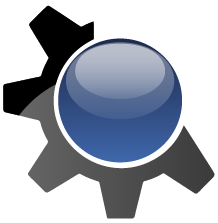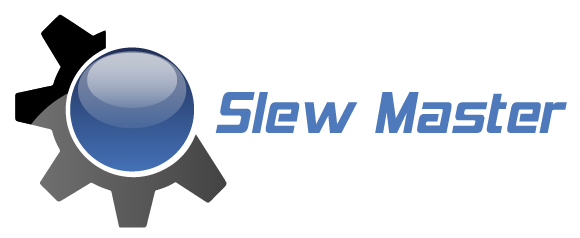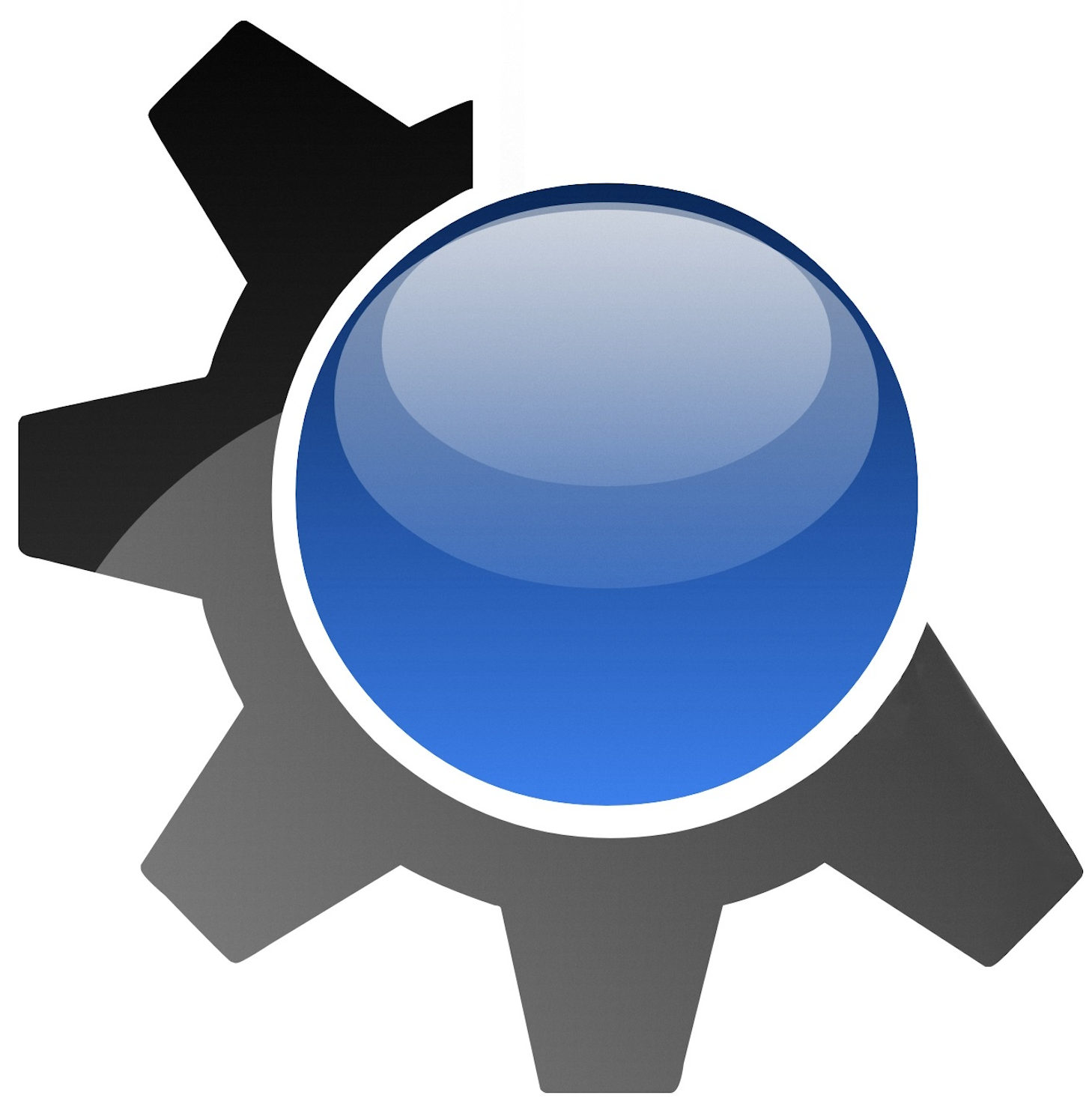Rack-and-Pinion Gears
Racks and pinions are components that work together to convert revolving motion into linear motion. Generally, when a gear rack and a pinion work together, they are referred to as "rack and pinion." Manufacturers apply them in many different settings because they are effective at converting motion. SlewMaster Inc. breaks down individual rack-and-pinion parts, how they work together and where manufacturers might use a rack-and-pinion system in various industries.
What Is a Rack and Pinion?
A rack is a linear gear that moves forward and backward. It has a series of projections or teeth on the side that connect to the pinion. A pinion is a circular gear that rotates clockwise or counterclockwise. Pinions can either be spur or helical gears based on the equipment's specifications.
The teeth of the rack and the pinion interlock. Manufacturers often position the pinion above the rack in machinery, such as in car steering, but this isn't always the case.
When a hand or motor rotates the pinion in a circular motion, the equipment attached to the rack moves linearly. In some cases, the rack is stationary, and the pinion moves, or vice versa. Due to the frequent motion of these gears, lubricating them with automated oilers or manual applications is a standard maintenance practice.
Rack and Pinion Applications
Rack-and-pinion gears have many practical uses, as it's an efficient way to convert rotary to linear motion. Equipment designers appreciate its simplicity and versatility across various industries.
Some standard rack-and-pinion uses include:
- Automobile steering: In the past, cars and other vehicles primarily used recirculating ball steering to control the vehicle's direction. Now, rack-and-pinion systems have risen in popularity due to their simplicity, ability to carry large loads and limitless length caps. While there are still recirculating ball steering systems today, most car manufacturers prefer racks and pinions.
- Railway assistance: Some trains and similar locomotives use rack-and-pinion systems to ascend hills. Otherwise, the train's weight and lack of traction could cause it to slide backward and not complete the journey. Racks and pinions solve this with a rack in the middle of the rails and pinions underneath the train. Rack-and-pinion gears create more traction for a locomotive so it can safely reach its destination.
- Object lifting: Escalators, ski lifts and elevators are other applications that use racks and pinions. In these cases, there is a pinion or rack attached to the moving object, such as a ski lift. When the pinion involved rotates, its gears catch in the corresponding rack. As a result, the ski lift moves forward up the mountain.
These are just a few ways that manufacturers employ racks and pinions in their products. Rack-and-pinion gears are ideal for converting any rotating motion to linear.
SlewMaster Is Your Rotary-Based Product Expert
At SlewMaster, we understand rotary products. Equipped with an experienced engineering team, high-tech manufacturing abilities and a comprehensive knowledge of the rotary market, we manufacture high-quality products for various industries. SlewMaster can provide information and service regarding rack-and-pinion gears due to our extensive experience. If you have any questions concerning rack-and-pinion systems, contact our team today!


